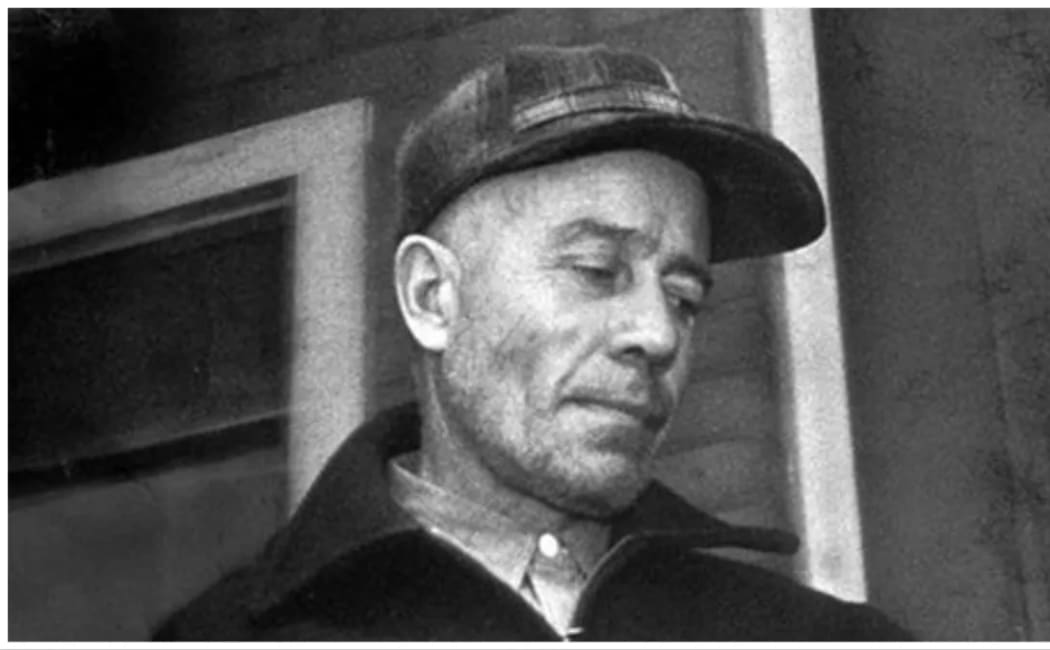How Many People Did Ed Gein Actually Kill? Truth, Suspicions & Facts

How Many People Did Ed Gein Actually Kill?
Introduction
Ed Gein is one of the most notorious figures in American true crime history. His horrifying acts—ranging from grave-robbing to using human remains for furniture and clothing—shocked the world and inspired famous horror films like *Psycho*, *The Texas Chainsaw Massacre*, and *The Silence of the Lambs*. Yet despite his infamous legacy, the question remains: how many people did Ed Gein actually kill? Let’s uncover the truth behind the myth.
Confirmed Murders
According to law enforcement reports, Ed Gein was responsible for exactly two confirmed murders. These victims were both women from Plainfield, Wisconsin:
- Mary Hogan (1954) — A tavern owner who disappeared mysteriously. Police later discovered her head preserved at Gein’s property.
- Bernice Worden (1957) — The owner of a local hardware store whose body was found mutilated and hung inside Gein’s shed. This murder led directly to his capture and conviction.
While Gein admitted to both killings, he was only formally convicted for Bernice Worden’s murder due to his mental health evaluation, which deemed him legally insane.
Suspected Victims & Unproven Cases
Beyond the two proven murders, rumors and suspicions surrounded other disappearances in the area. These cases, however, remain unproven due to lack of physical evidence:
- Henry Gein (1944) — Ed’s brother died under strange circumstances during a brush fire. Though investigators found injuries inconsistent with an accident, the case was ruled an accidental death, and Ed was never charged.
- Missing persons near Plainfield — Several women vanished between 1947 and 1957, but no direct forensic links to Ed Gein were ever established.
- Exhumed bodies mistaken as murder victims — Many body parts found in Gein’s home came from graves he robbed, not from people he killed himself, causing early confusion in reports.
Why So Much Confusion?
The horrifying discoveries inside Ed Gein’s farmhouse blurred the lines between murder and desecration. Police uncovered bowls made of skulls, masks stitched from human skin, and furniture crafted from bones. These shocking details caused media outlets to exaggerate, claiming Gein had killed dozens. In reality, investigators confirmed that most remains were stolen from local cemeteries, not fresh victims.
Is Ed Gein a Serial Killer?
The term serial killer generally applies to criminals who murder three or more people in separate incidents with cooling-off periods. Since Gein’s verified number is two, he technically falls short of the strict definition. However, his psychological profile—obsession with his mother, necrophilia, and use of corpses—places him in a uniquely disturbing category of killers who influenced generations of horror storytelling.
Trial, Insanity Verdict & Death
After his arrest in November 1957, Gein was diagnosed with severe schizophrenia and deemed unfit for trial. In 1968, after years of treatment, he was found competent and convicted of Bernice Worden’s murder but again ruled insane. He spent the rest of his life in mental institutions until his death in 1984.
So, How Many People Did Ed Gein Really Kill?
- Confirmed victims: Mary Hogan and Bernice Worden (2 total)
- Suspected: Possibly Henry Gein and others (unproven)
- Legal outcome: Convicted of one murder, confessed to two
Thus, despite his monstrous reputation, Ed Gein’s confirmed body count is two. The horror of his case lies not in numbers but in the grotesque acts of mutilation, grave-robbing, and psychological darkness that made him a cultural icon of evil.
Legacy & Cultural Impact
Gein’s crimes inspired some of Hollywood’s most terrifying characters: Norman Bates (*Psycho*), Leatherface (*The Texas Chainsaw Massacre*), and Buffalo Bill (*The Silence of the Lambs*). His story continues to fascinate criminologists, psychologists, and true-crime fans worldwide, not for his kill count, but for the eerie psychology behind his actions.
Final Thoughts
The truth is simple yet haunting: Ed Gein killed two women. Everything else—the missing persons, the legends, the Hollywood horror—grew from that foundation. His legacy reminds us how easily fact can turn into myth, and how deeply society remains fascinated by the darkest corners of the human mind.
